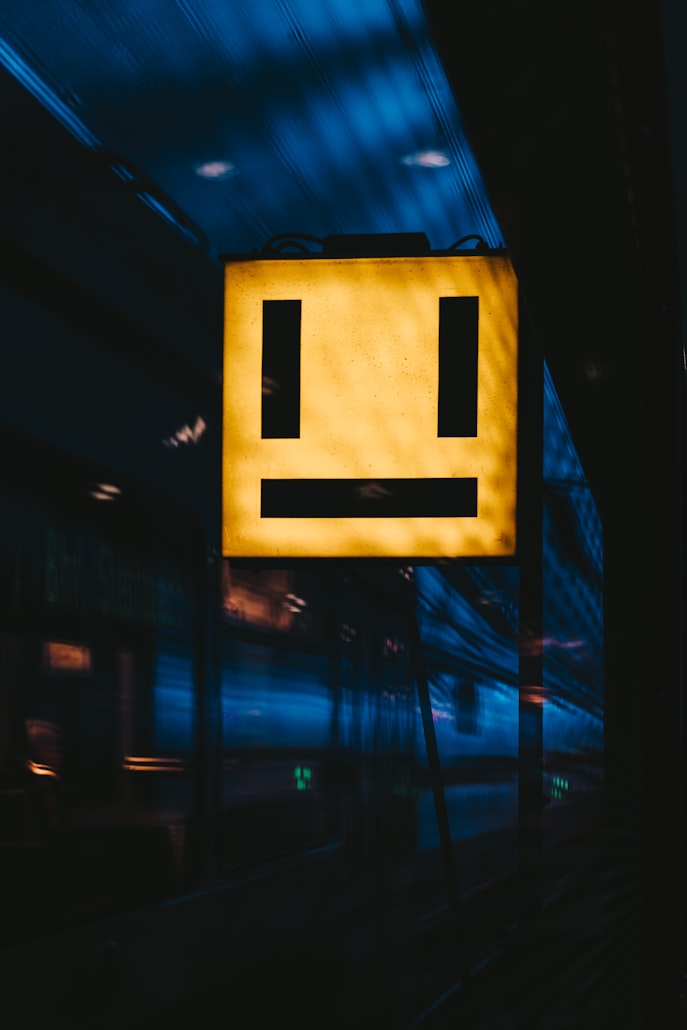Imagine scrolling through your social media feed on a lazy Saturday morning. You’re wrapped in a cozy blanket, a steaming cup of coffee in hand, and a cat lazily sprawled on your lap. As you scroll, vibrant images flash before your eyes: a dog wearing sunglasses captioned “When you realize it’s the weekend,” or a perfectly timed memo featuring an office drone looking bewildered, with the words “Me trying to adult.” Each meme steals a moment of your attention, sparking not only a chuckle but also a reflection on our collective experiences, the absurdities of life, and everything in between.
Memes have woven themselves into the fabric of online culture with a tenacity that is hard to ignore. They are the modern-day hieroglyphs, an almost universal language that transcends borders, cultures, and even languages. It’s as if they distill complex emotions and ideas into bite-sized visuals that we can all relate to and share in an instant. What started as a quirky side of the internet has become a powerhouse of cultural commentary, shaping discussions, influencing trends, and even impacting politics.
Think about it. How often have you come across a meme that resonated so deeply with you that you just had to share it with your friends or post it in a group chat? Memes encapsulate humor and irony in a way that reflects our everyday lives. They become a form of social currency, a way to connect with others through shared laughter and nods of understanding. In an age where our lives are lived out in public spheres, memes help articulate our collective frustrations, joys, and quirks, often before we even have the language to say it ourselves.
Memes thrive in digital spaces—Twitter, Tumblr, Instagram, and TikTok—where they can be instantly created, shared, and modified. This makes them a living, breathing form of communication that adapts and evolves at lightning speed. You may find a meme that captures an existential crisis only to see it morph into a commentary on pop culture or even graduate into a reference in a popular TV show or movie, blurring the lines between creators and consumers. This dynamic fluidity encourages collaboration, inviting individuals to insert their unique perspectives or add humorous twists, making memes a collaborative cultural phenomenon.
But it’s not just about the laughs. Memes wield incredible power. They influence public opinion and shape narratives in ways that are both fascinating and sometimes alarming. During the pandemic, for example, memes became a means of coping for many. Jokes about toilet paper shortages or working from home became a shared experience around the globe, allowing us to find humor in the chaos. But they also spread misinformation, highlighting a darker side where important issues can be trivialized or skewed. The capacity for memes to influence discourse, whether serious or frivolous, is a testament to their place as a cultural force to be reckoned with.
We also can’t ignore the role of memes in activism and social movements. Whether it’s bringing attention to climate change, the fight for human rights, or political events, memes have the unique ability to distill serious messages into content that’s easily digestible. Think of the viral “Rage Against the Machine” meme or those images from protest sites that leverage humor to spotlight injustices. Memes can create a momentum, rallying support and awareness in ways that traditional media might not always manage.
As we navigate this meme-infused landscape, it’s essential to recognize the double-edged sword they represent. In a culture that often prizes speed over depth, memes can sometimes lead to shallow understanding, creating echo chambers where misinformation thrives. Yet, at their best, they serve as a universal connector, reminding us that we’re all navigating the same messy world together. They build a kind of collective memory, marking periods in history with a relatable twist that only this generation’s humor can provide.
So the next time you find yourself giggling at a meme that perfectly captures the essence

